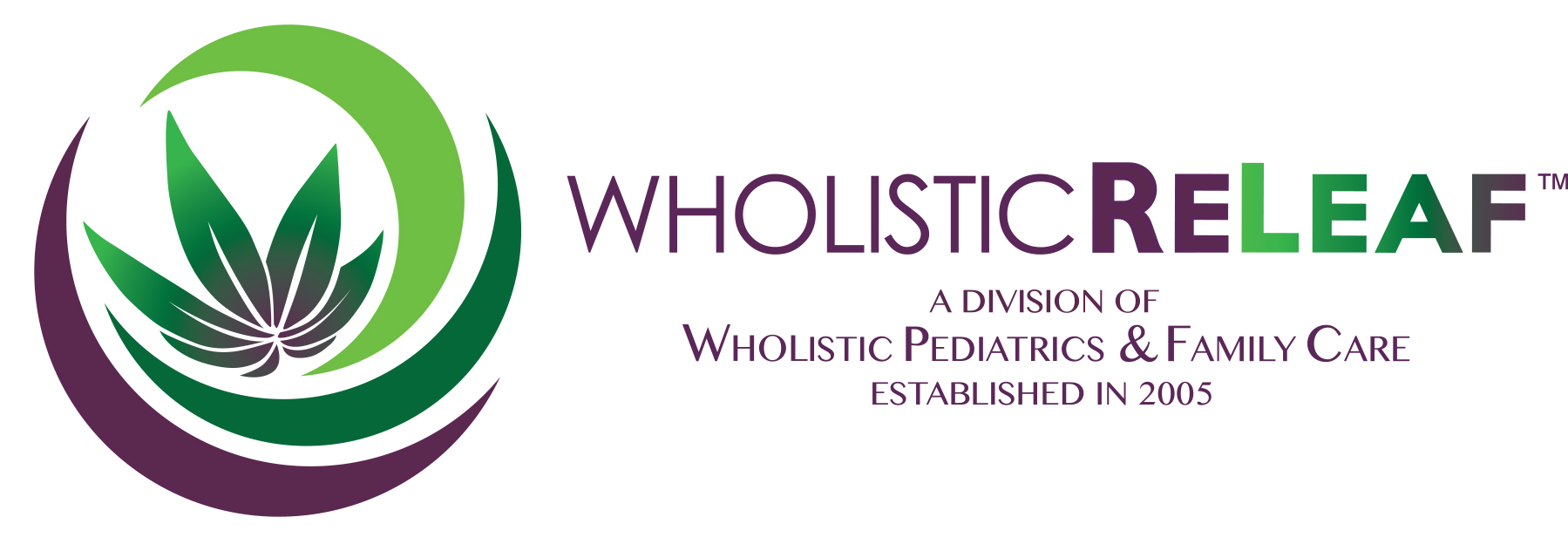As a physician, who for the past 20 years has been at the forefront of developing wholistic treatment protocols, I have often had to navigate new therapies and figure out best how to see what is best for a particular patient. Within certain medical conditions (autism is a perfect example), we often find that different treatment approaches are needed to optimize the outcome for a particular patient. To determine the most appropriate treatment plan, I take a standardized approach. This allows me to best assess if the plan is working. Medical cannabis has been no exception. I have developed various protocols to help patients and their families determine the best treatment approach.
A Physician’s Perspective
For pediatric patients, as well as adult patients with no prior cannabis experience, I begin treatment with small doses of CBD (cannabidiol, the main non-euphoric component in medical cannabis). I gradually increase this to a dose that has a reasonably good chance of being effective. If the patient reaches a reasonable CBD dose but still doesn’t have adequate symptom control, we decide whether to increase the amount of CBD further or slowly introduce THC (tetrahydrocannabinol, the “euphoria” inducing cannabinoid) into the treatment plan. There are additional considerations when using THC, such as the type of cannabis (indica, sativa, or hybrid), the optimal time for administering the different cannabis types and delivery mechanisms, and the proper THC to CBD ratio. As long as the benefits outweigh any negative symptoms, I keep the patient on the lowest dose of THC possible. However, some people seem to do best when treated with higher THC to CBD ratios.
Although I am a pediatrician by training, since I began treating patients with medical cannabis in September 2016, I have treated more adults than children. The percentage of pediatric patients, though, is starting to catch up as word spreads of the success stories. The feedback I have received from my adult patients has been invaluable. It has helped me better counsel families and patients on how to best implement whatever treatment approach we determine is most appropriate for the patient. I am grateful to all my medical cannabis patients who have given me feedback so far. Please keep it coming!

